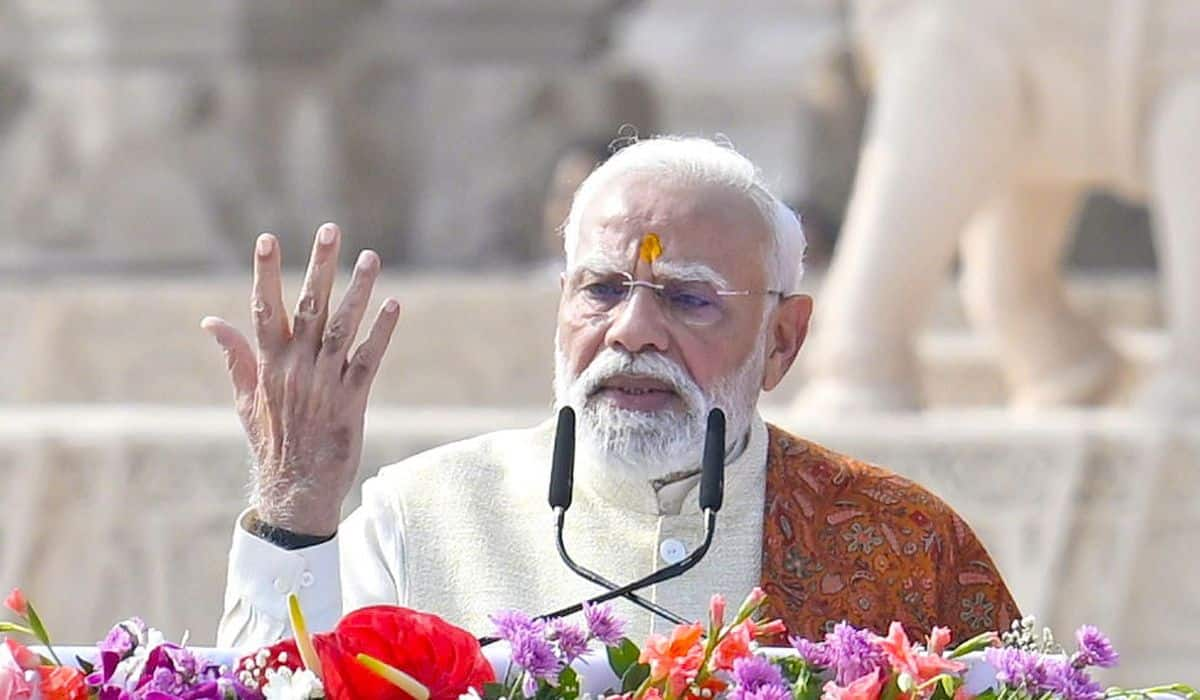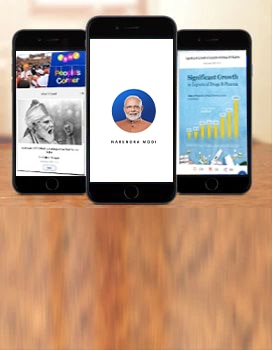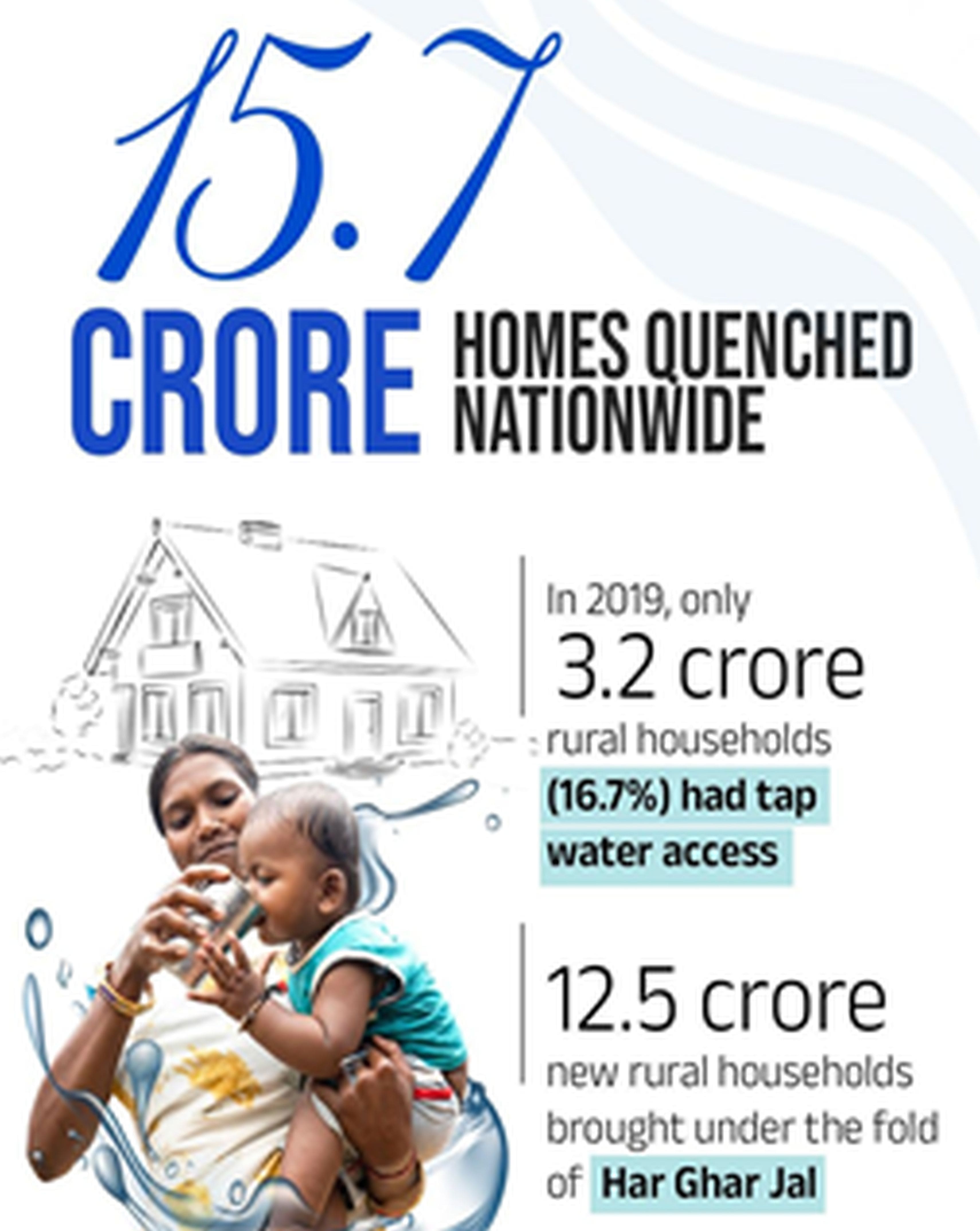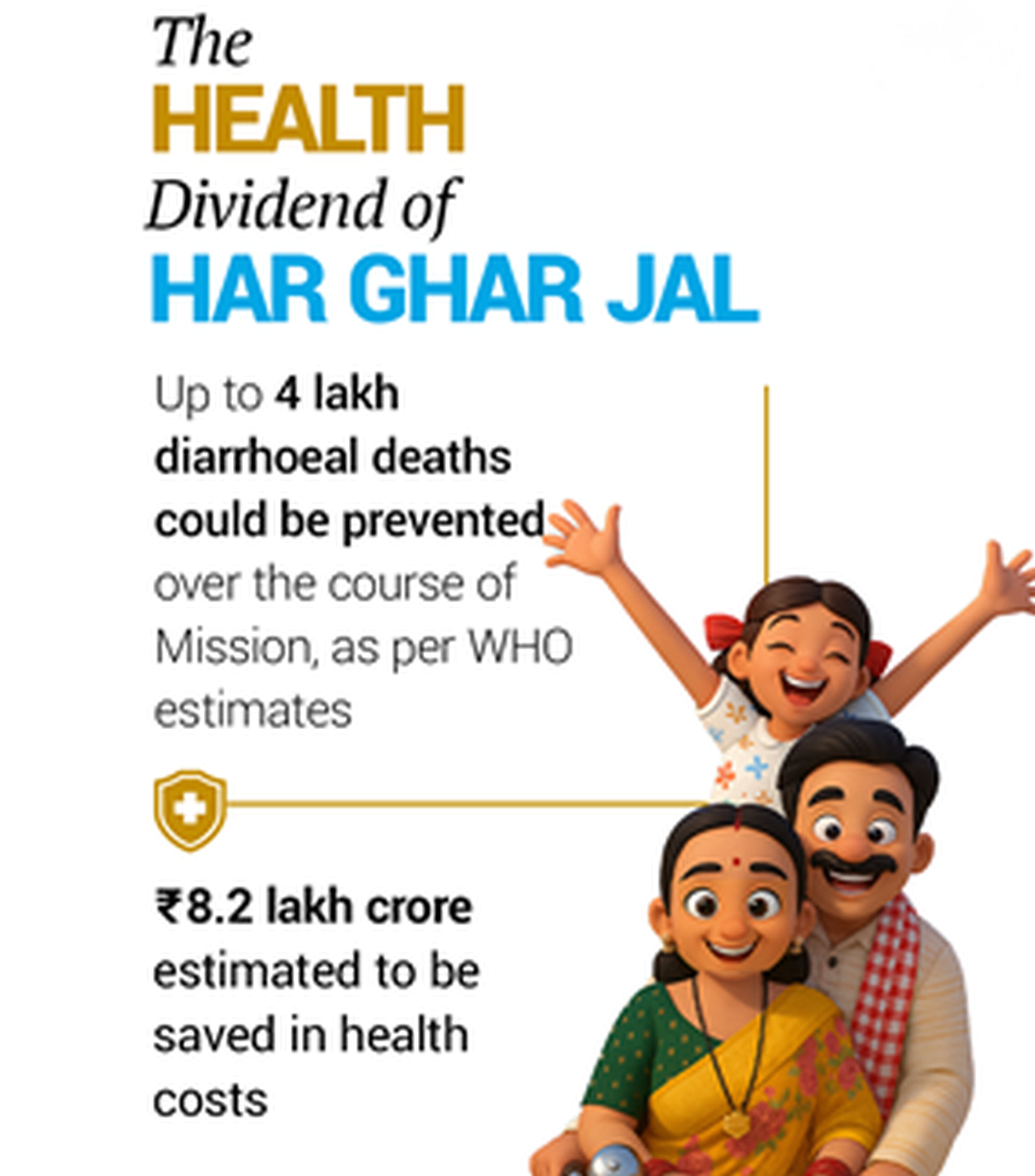“Mere good governance is not enough; it has to be pro-people and pro-active. Good governance is putting people at the center of development process.” Narendra Modi
For decades, Indian politicians have built their careers in the name of caste, creed or religion or through populist measures. If there is one man, who has broken this stereotype of what an Indian politician stands for, it is undoubtedly Narendra Modi.
It is due to Narendra Modi that Governance has become the talking point all over the country; from the conversations teenagers have over a cup of coffee to heated debated in newsrooms. The rise of Narendra Modi in the political arena has also marked a paradigm shift in the discourse in India, where Governance had become a side issue. He heralded an era where politicians try and present figures for GDP Growth & other such development indicators in their speeches instead of making tall promises.
State Governments are often seen competing with each other on Governance indicators, which was not the case a decade ago. This shift in the political class coupled with an increased awareness and use of technology can create a win-win situation for the people of our country.
It has been Narendra Modi’s firm conviction that good governance alone is not enough; it has to be pro-people and pro-active. He believes there should be a tangible impact in the lives of the people through Good Governance. Narendra Modi has taken several initiatives, which have drastically improved the quality of people’s lives.
Transparency & Accountability are two very important features of a Citizen Friendly Government. In addition to these features, Narendra Modi’s track record shows that he has delivered results also by getting existing systems and processes to work. An example of this is his ‘One Day Governance’ Model in Gujarat.

While ‘The Rights of Citizens for Time-Bound Delivery of Goods and Services and Redressal of their Grievances Bill’ was approved by the Gujarat Cabinet only in 2011, Narendra Modi thought well ahead of time and implemented the model of ‘One Day Governance’ in Gujarat in 2003 to deliver key services to citizens in a single day.
This model focused on providing time boundservices to the citizens by leveraging e-governance infrastructure. The main objective ofthis was to provide all Government-to-citizen services covered under the Citizens’ Charter. It mainly covered citizen-centric services such as revenue, panchayat, health, education and agriculture as well as maintaining records.Over 173 types of public services like essential certificates, affidavits, land, civil supplies were offeredthrough this model.
The services were divided into 3 types:
• Tatkal: 20 per cent of the applications were included in this type which took 20 minutes to 2 hours for processing.
• One day governance: Those applications that needed a single day for processing fell under this category. Within a duration of 12 hours, documents such as birth, death and caste certificates were delivered. 40 per cent of applications fall under this category.
• Non-one day governance: The applications under this category were processed in a stipulated period of time e.g. No Objection Certificates (NOC) from Police, Roads and Buildings, hotel licenses, land allotment for non-agricultural purposes etc.
The centreswere operational in all districts with a PPP model and had yielded outstanding results through quick, convenient, transparent and efficient functioning.
Read more about the One Day Governance Model Here
Narendra Modi believes that the real test of good governance is its grievance redressal system. The foundation of any democratic system is that people should be able to voice their problems freely and get their problems solved quickly.
On these lines Narendra Modi implemented the successful initiative called SWAGAT. It stands for State Wide Attention on Public Grievances by Application of Technology. SWAGAT- functional from 2003 is an innovative initiative in Gujarat that enables direct communication between the citizens and the Chief Minister.

The online grievance redressal system helps common people address their pending grievances once a month. There is a three-tier grievance redressal system in Gujarat: Taluka, District and State level. All grievances were reviewed by the Chief Minister himself. The review is based on the problems solved and not on the petition disposed. This initiative also won a United Nations Public Service Award.

Read more about SWAGAT here :
Another step that Narendra Modi took to ensure efficiency in governance is the extensive use of technology in various hiring procedures by the state government, which totally removes the scope of corruption and makes sure only deserving candidates are selected.
With such vision, passion and dedication to the cause of public welfare, we are only limited by our imagination as to what Narendra Modi can do for the people of this country in the coming days!
















